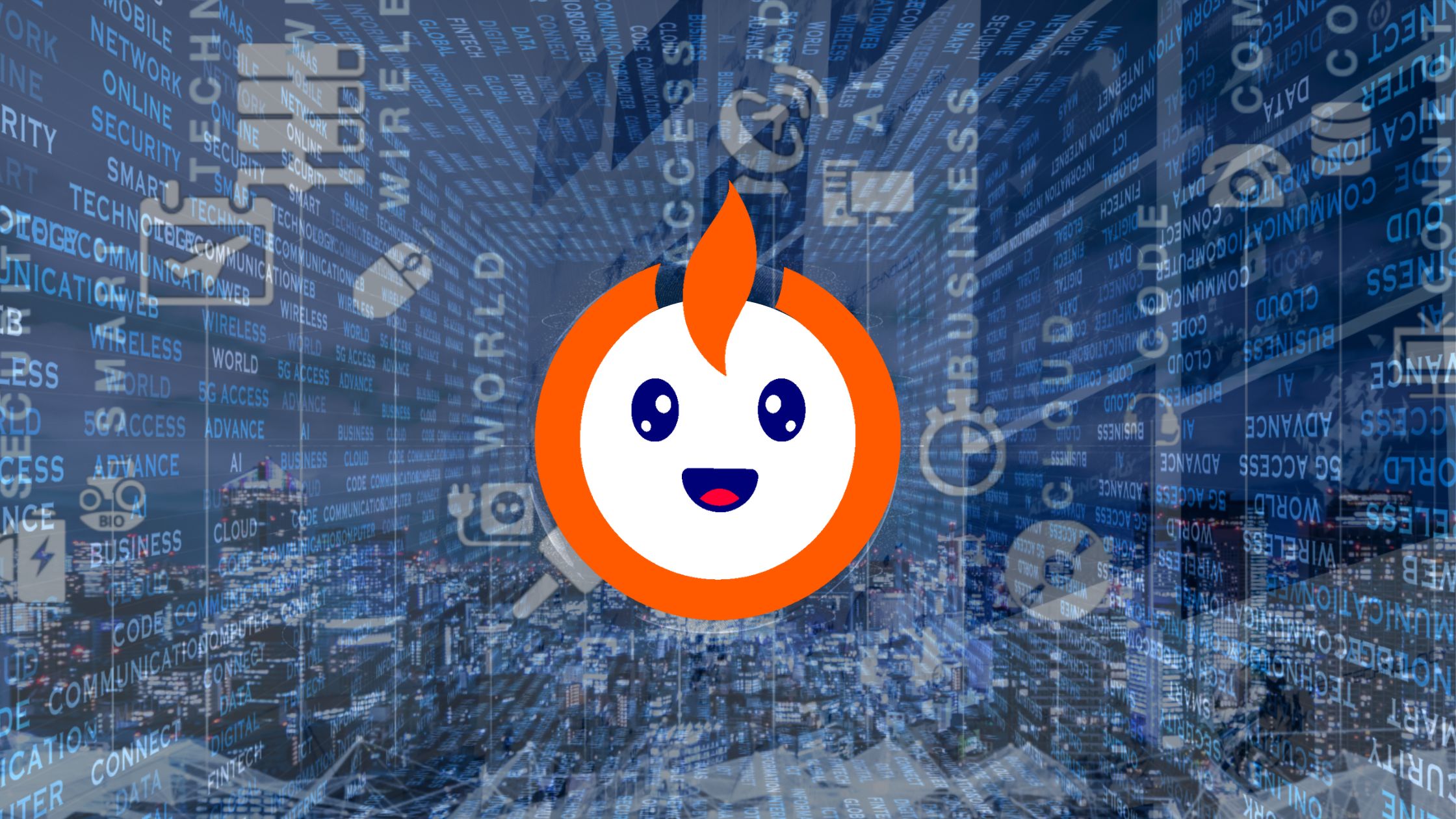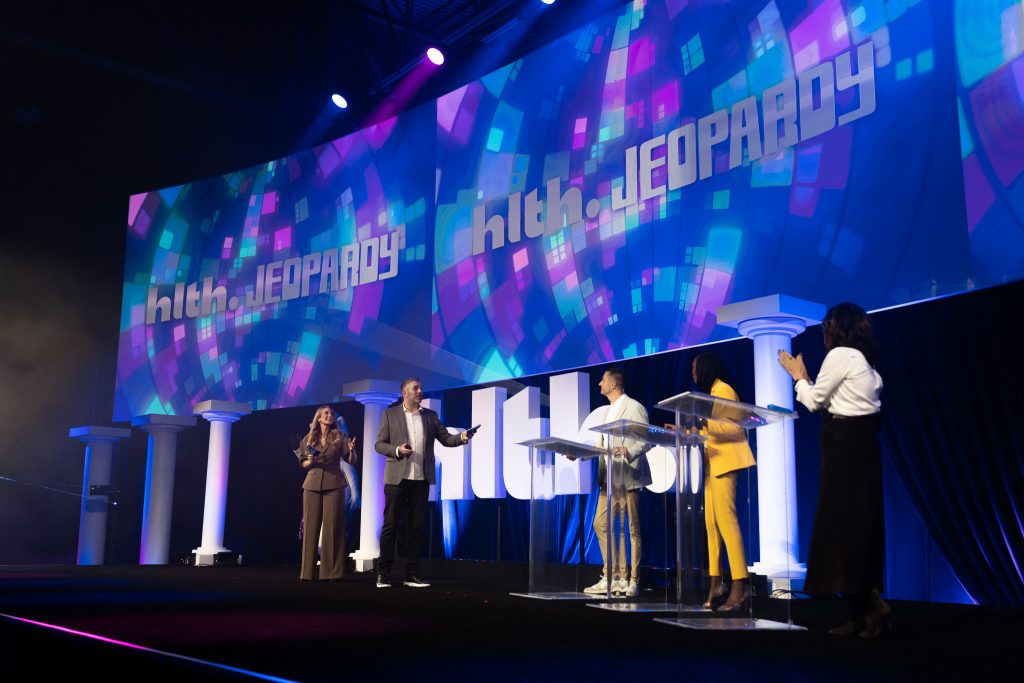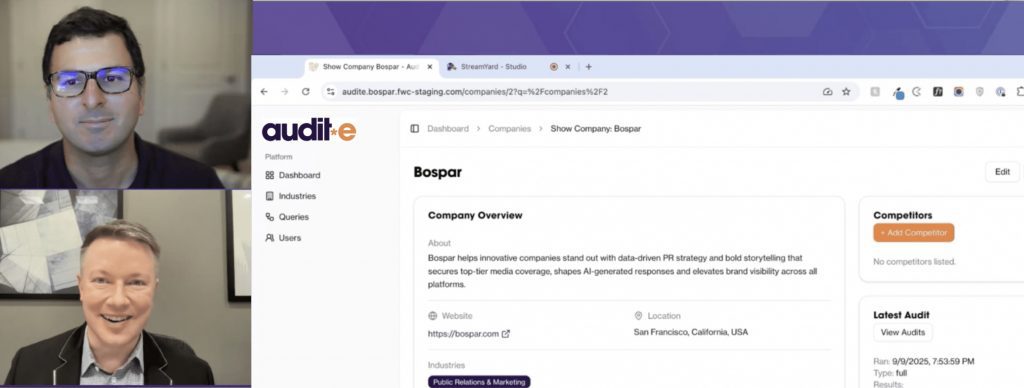AI is making me feel… nostalgic.
Back in “the day,” clients and I would spitball: Who would read this press release? The follow up question was just as simple: Who would write a story from it?
The results of this thought experiment would determine how we would craft the press release, or if we would write it at all.
That paradigm has changed. Like an eager bunch of over achievers sitting at the front of class, generative AI is set to read everything you write.
But not all content is created equal. The recently released MuckRack study analyzing over one million AI-generated citations proves exactly what these digital students prefer to cite: 96% of AI citations come from non-paid sources, and most significantly, these citations fundamentally alter AI responses themselves.
The Data Validates Earlier Observations
These findings confirm what I wrote about in May when I explored how AI search was placing PR first in the race for visibility. Even earlier, I had outlined what would become our own AI audit that defined the playbook for AI brand visibility, establishing frameworks for how brands should approach this emerging landscape.
At that time, conversations around Generative Engine Optimization (GEO) had exploded. LinkedIn posts grew 10-20x from December 2023 to May 2025, but we were operating largely on theoretical frameworks.
The MuckRack study transforms those hypotheses into empirical evidence. Most importantly, it confirms that owned content like thought leadership, fact sheets, and corporate blogs “seem to be the sweet spot for getting cited by these models,” according to Matt Dzugan, senior director of data at Muck Rack, speaking to Axios reporter Eleanor Hawkins. This underscores the need to prioritize authoritative, substantive content over promotional material.
The Trifecta Strategy Gets Scientific Backing
In May, I introduced a “trifecta” approach: SEO + GEO + LLMO forming a framework for how brands can compete in an AI-shaped landscape. I realize we’re creating quite the acronym farm here (Old MacDonald had a farm), but we need this entire alphabet soup:
- Traditional Search Engine Optimization (SEO) still matters for foundational visibility, but the Muckrack study shows citations impact how AI responds. It’s about narrative control now.
- GEO focuses on AI-driven search experiences. Different query types trigger different source preferences, confirming we need sophisticated strategies for different platforms.
- Large Language Model Optimization (LLMO) shapes how AI systems understand brands. The study’s finding that enabling or disabling web search drastically changes responses validates comprehensive content strategies.
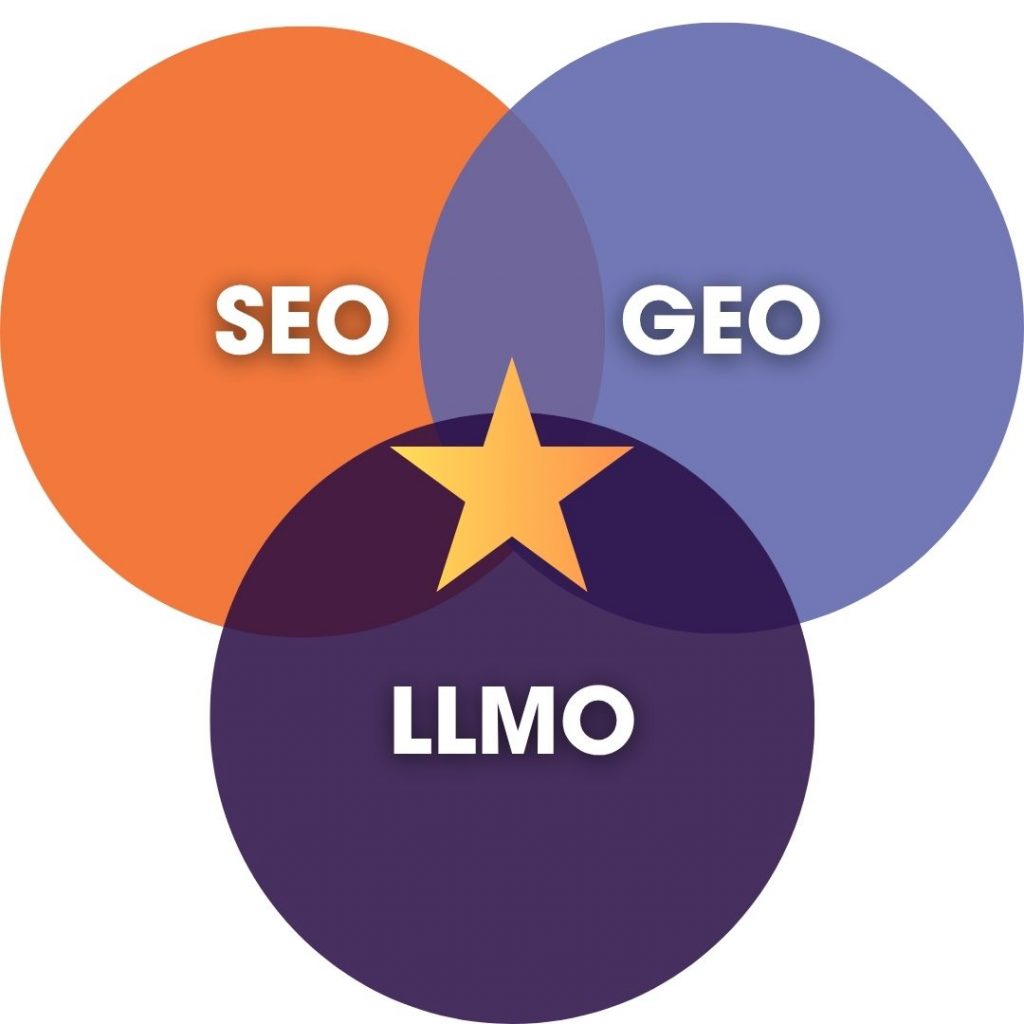
How Different AI Platforms Actually Behave
The study reveals distinct citation patterns across major platforms:
- ChatGPT rewards staying current and newsworthy. It’s the heaviest user of journalism citations from Reuters, AP, Financial Times, and Axios. Traditional PR relationship-building pays dividends here.
- Claude favors authoritative, well-sourced content, citing government sources and technical documents more than traditional media. This validates thought leadership and expert positioning strategies.
- Gemini democratizes knowledge sources by regularly citing Wikipedia, Coursera, Quora, and YouTube. Your expertise needs discoverability across all formats.
The “Sweet Spot” Gets Quantified
As Dzugan explained to Hawkins: “The models are trying to earn the trust of their audience and don’t want to regurgitate salesy materials.” Owned content accounts for just 9% of citations, but that’s exactly why the opportunity is so big. Most brands aren’t optimizing for what AI actually values.
AI systems prioritize authoritative, in-depth material, the kind PR professionals are uniquely equipped to deliver. Not promotional fluff, but real expertise. It reinforces what I argued back in May: PR professionals are uniquely positioned to lead this new chapter in search strategy.
The Data-Driven GEO Playbook
Based on empirical validation, here’s how the trifecta approach should evolve:
- Query Type Optimization: The study reveals advice-seeking queries pull from different sources than fact-based lookups. Multi-content approaches prove essential.
- Recency Bias Strategy: OpenAI models strongly favor content from the last 12 months, while Anthropic models balance recent and authoritative sources.
- Industry-Specific Authority Building: AI systems reward niche expertise. Healthcare cites government sources, whereas finance cites specialized publications. Building industry authority relationships remains critical.
- Multi-Platform Distribution: With Gemini citing YouTube transcripts and social platforms, expertise discoverability across formats becomes empirically validated necessity.
Strategic Implications: What Happens Next
The MuckRack study doesn’t just provide data, it creates a roadmap that every PR professional will now follow. This has immediate consequences:
- The top-cited journalists are about to get swamped. The study specifically names which journalists get cited most across different industries. Expect reporters at Reuters, AP, Financial Times, and Axios to see a surge in pitches. The same goes for niche experts the study identified in healthcare, finance, and technology coverage.
- Competition for “sweet spot” coverage intensifies. Now that we know AI systems prefer authoritative third-party content over promotional materials, expect increased competition for coverage in the exact outlets the study highlights as most effective.
- AI companies may adjust their models. As more brands optimize for current citation patterns, AI companies might modify their algorithms to maintain content quality and prevent gaming of their systems.
- Smaller publications face new pressure. While Reuters and AP get the headlines, the study shows AI systems also value niche, industry-specific sources. These smaller publications may need to adapt to handle increased attention and pitch volume.
- New metrics emerge. Traditional PR measurement focused on reach and sentiment. Now we need to track AI citation frequency, platform-specific visibility, and query-type optimization effectiveness.
The Bigger Shift for PR
The 96% non-paid citation rate represents a fundamental shift toward communications professionals who understand authentic authority building. This validates the central thesis I advanced in May: that as AI-driven platforms become the default for search and research, PR professionals have an expanded mandate to ensure client stories reach the most reputable sources.
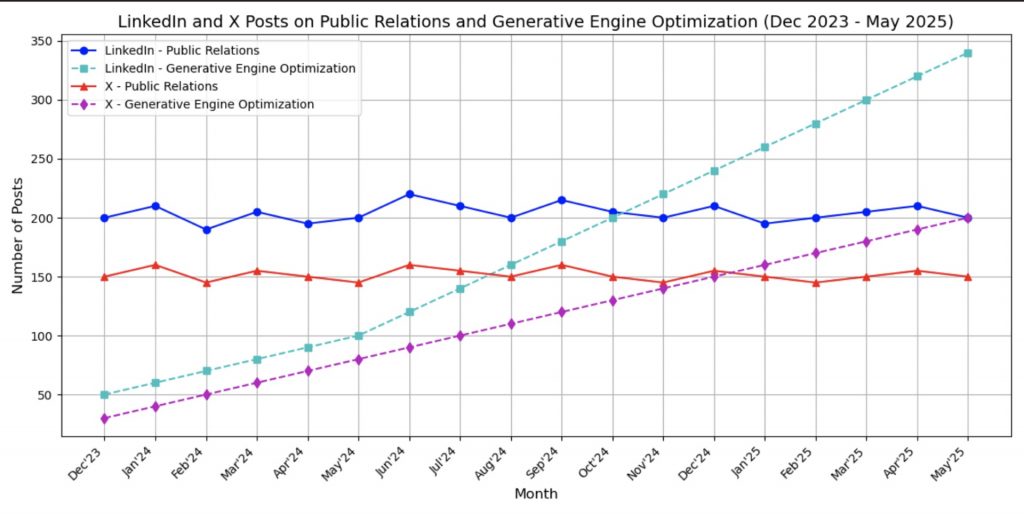
Your Action Plan
The framework we’ve been developing is now empirically validated. Here’s your data-driven strategy:
- Audit your current AI presence across ChatGPT, Claude, and Gemini
- Accelerate thought leadership content creation—the “sweet spot” is quantified
- Invest in journalist relationships for authoritative third-party coverage
- Create industry-specific expertise content addressing different query types
- Monitor AI citations using tools (I’m sure Muck Rack did this study to bring attention to its new Generative Pulse)
- Implement the SEO + GEO + LLMO trifecta that the data now supports
From Theory to Evidence
So who will read your press release?
We no longer need to spitball.
Those eager overachievers in the front row have shown us exactly what they want to cite, how they want to cite it, and which sources they trust most. The question now isn’t who will read it—it’s whether you’re writing for the audience that never stops paying attention.
